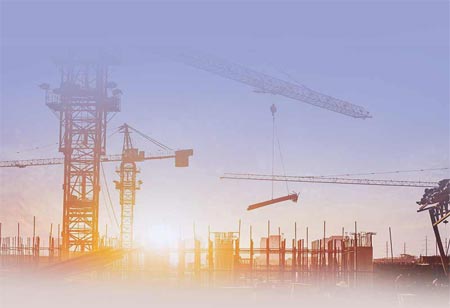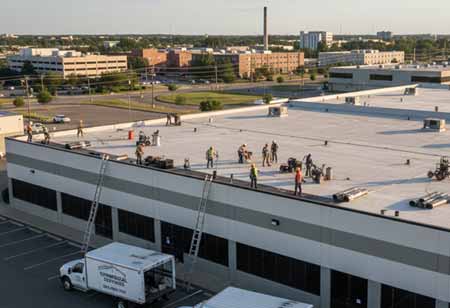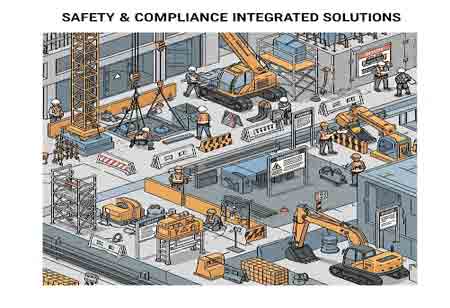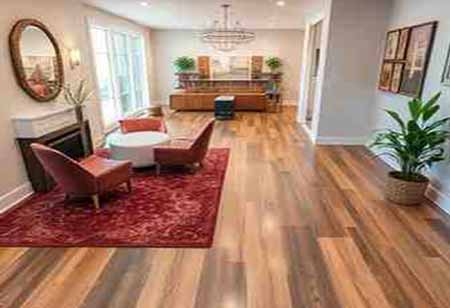Thank you for Subscribing to Construction Business Review Weekly Brief
Specials
- Apartment and Condominium Contractors Canada
- Decking Canada
- Architectural Glass Europe
- MEP APAC
- Construction Saudi Arabia
- German Apartment and Condominium Contractors
- Construction Law APAC
- Outdoor Construction
- Foundation Construction Canada
- MEP Canada
- Kitchen and Bath
- Cold Storage Construction APAC
- Precast Concrete Europe
- Construction Staffing Europe
- Pre-Construction Services
- Flooring System APAC
- Scaffolding Canada
- Swimming Pool Construction Canada
- Construction Management Canada
- Cold Storage Construction Canada
- Flooring Systems Europe
- Residential Construction
- Concrete Canada
- Construction Cladding Europe
- Construction Cladding APAC
- Concretes, Aggregates and Construction Materials APAC
- Concretes, Aggregates and Construction Materials Europe
- Commercial Contractors Europe
- Commercial Contractors APAC
- Dummy
- Construction Insulation, Coating and Waterproofing
- Construction Management APAC
- Landscaping Canada
- Construction Coating Europe
- Construction Tech Startups Europe
- Insulation Services Europe
- Mechanical Contractor Canada
- Mould Remediation and Testing Europe
- Swimming Pool Construction APAC
- Building Sealing Solutions Europe
- Construction Engineering Services
- Mechanical Electrical and Plumbing
- Roofing Systems Europe
- Architectural Glass APAC
- Startups APAC
- Construction Forensic and Owners Representative
- Flooring System
- Waterproofing APAC
- Wall Systems
- Safety and Compliance Europe
- Construction Bidding and Auctions
- Modular and Prefab Construction
- Architectural Glass
- Construction MENA
- Construction Demolition and Recycling Europe
- Modular Construction Europe
- Construction Interiors
- Steel Building APAC
- HVAC
- Doors and windows
- Construction Latam
- Building Information Modeling APAC
- Sustainable Construction APAC
- Building Restoration and Maintenance
- Commercial Contractors
- Specialty Construction
- Construction Engineering Canada
- Construction Engineering MENA
- Modular Construction Canada
- Modular Construction APAC
- Roofing and Siding Systems
- Workforce Management and Staffing
- Roofing Systems APAC
- Construction Consulting
- Steel Building Europe
- Construction Demolition and Recycling APAC
- Safety and Compliance APAC
- Concretes, Aggregates and Construction Materials
- Construction Cladding
Innovation Reimagines the Potential of Concrete Walls
The construction industry has witnessed a significant evolution in concrete wall technology in recent years, driven by the need for sustainability

By
Construction Business Review | Wednesday, April 03, 2024
Stay ahead of the industry with exclusive feature stories on the top companies, expert insights and the latest news delivered straight to your inbox. Subscribe today.
Concrete wall technology advances transform construction with sustainability, efficacy, and aesthetics. Ongoing progress and new methods promise industry transformation, prioritising safety, durability, and eco-friendliness.
FREMONT, CA: The construction industry has witnessed a significant evolution in concrete wall technology in recent years, driven by the need for sustainability, aesthetic flexibility, and improved performance. Innovations, ranging from self-repairing concrete to translucent panels, are reshaping traditional practices and setting new benchmarks for efficiency and creativity in construction. They enhance durability and versatility and contribute to more innovative, environmentally friendly building methods.
Precasting
This approach involves pouring concrete into a reusable mould, which is allowed by its curing in a controlled setting and finally transporting it to the construction site for lifting to place.
Incorporating precast concrete components, such as wall panels, beams, columns, and slabs, enables expedited construction processes while ensuring heightened quality control measures. Precasting offers a sustainable alternative to conventional on-site casting techniques by minimising waste and energy usage.
Sustainable Materials
Incorporating recycled elements like fly ash and recycled glass into the concrete mixture enhances environmental friendliness and maintains robustness and functionality. As a result, the carbon footprint linked with concrete production is significantly reduced, making a pivotal shift towards eco-conscious construction practices.
The emergence of lighter and environmentally sustainable concrete alternatives, such as hempcrete crafted from hemp fibres, underscores the construction sector's dedication to lessening its environmental footprint and enhancing insulation capabilities, resulting in more energy-efficient structures. These strides in eco-conscious materials showcase the industry's ongoing efforts to mitigate environmental impact while progressing and refining its practices.
Insulation and Energy Efficiency
By utilising sophisticated concrete blends and construction methodologies, walls attain greater thermal mass, substantially enhancing a structure’s capacity to manage temperature fluctuations. Consequently, buildings can maintain warmth during winter and cool in summer, diminishing the dependency on heating and cooling systems.
Integrating technologies like insulating concrete forms (ICFs), which merge concrete’s strength with insulation properties of materials like polystyrene, presents significant advancements in energy efficiency. Moreover, incorporating phase-changing materials (PCMs) into concrete formulations enables walls to absorb, retain, and release heat, enhancing energy management. These combined innovations underscore the construction sector's proactive stance toward environmental responsibility and reducing operational expenses through sustainable building practices.
Decorative Finishes
Integrating decorative elements into concrete walls opens up boundless avenues for architects and designers to unleash creativity. Methods like stamped concrete, which introduces textures and patterns onto the surface before completely cured, produce finishes reminiscent of natural materials such as stone, brick, or wood, enhancing a building's visual allure.
Advancements in concrete dyes and stains facilitate the incorporation of vibrant hues and intricate patterns, departing from conventional grey and injecting fresh vitality into concrete surfaces. This innovation elevates buildings' aesthetic charm and fosters creative expression, enabling each edifice to narrate its distinctive traits through its exterior.
Structural Integrity
Concrete wall innovations and structural integrity are primary considerations alongside aesthetics and sustainability.
More in News





